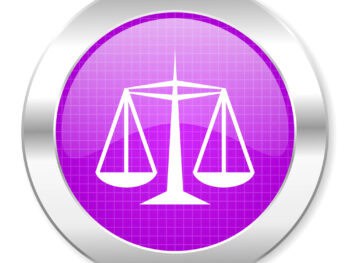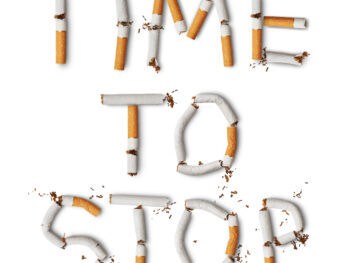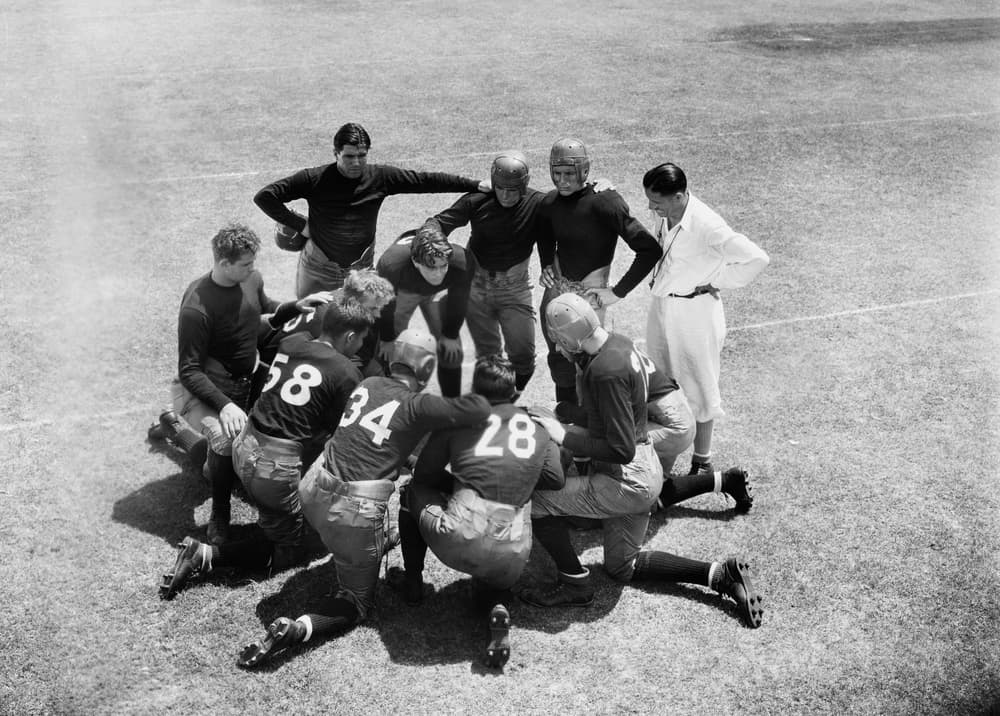
Evaluating the Evidence from a Physiological Standpoint
Imagine the next claim that lands on your desk involves a meat production worker. The employee is a 62-year-old man who’s work activities require him to process meat on a bench that is no higher than his waist. During this process, the employee will turn in one direction to place the finished product for further processing and sale, and turn in the other direction to place the undesirable portions of the product for disposal. None of their work activities require the employee to lift objects above chest level or over his head. The employee is now claiming a progression of symptoms that involve stiffness, which has now culminated in “frozen shoulder” syndrome.
Should the alleged injury be accepted?
While the cutting of meat and its processing are repetitive, not all claims of repetitive trauma are compensable.
Making the Right Assessment
Claim handlers deal with many barriers when reviewing matters and determining questions that have real consequences. This includes rigid timelines that can result in sanction or penalty if not done right or within a timely manner. Questions that must be considered include:
- Did a work injury actually occur – even if it only aggravated or accelerated an underlying condition?
- What role if any, did the work activity contribute to the injury, disability and/or need for medical care and treatment?
- Even taking into consideration the employee’s age and possible prior injuries, did the work activity advance the underlying condition to the point of compensable injury?
- Does the overall evidence as presented fit the alleged injury?
In terms of the above scenario, the claim handler worked with a medical expert to review the claimed mechanism of injury, prior medical records and other information to allow for a primary denial. It was noted that the contemporaneous medical records and work history did not support a work injury and the claimed mechanism was inconsistent with the subsequent medical diagnosis. In sum, because the physiological body mechanics in question did not fit injury, the proactive claim handler was effective and proactive in denying the claim.
Application in Claims Handling Practice
It is important for members of the claim management team to review their files and determine if the medical evidence fits in not only workplace exposure/repetitive injury claims, but also specific incident injuries. Examples of how this can be used in specific injuries include:
- How the employee fell or what they were doing when they fell;
- Angles of fracture and the type of fracture following a slip/fall; and
- The nature and extent of an injury based on pre-existing conditions such as degenerative disc disease for back and neck claims, and claims involving joints such as knees, shoulders, and
The list of possibilities is really endless.
Conclusions
Members of the claim management team face many challenges in their position on a daily basis. It is of utmost importance that claims handlers make proper decisions after having investigated a claim in a timely manner and making evidence-based decisions. This includes taking the time to obtain information on how the injury took place, they can save time and money for their program and clients.

Contact: mstack@reduceyourworkerscomp.com.
Workers’ Comp Roundup Blog: https://blog.reduceyourworkerscomp.com/
©2019 Amaxx LLC. All rights reserved under International Copyright Law.
Do not use this information without independent verification. All state laws vary. You should consult with your insurance broker, attorney, or qualified professional.
















